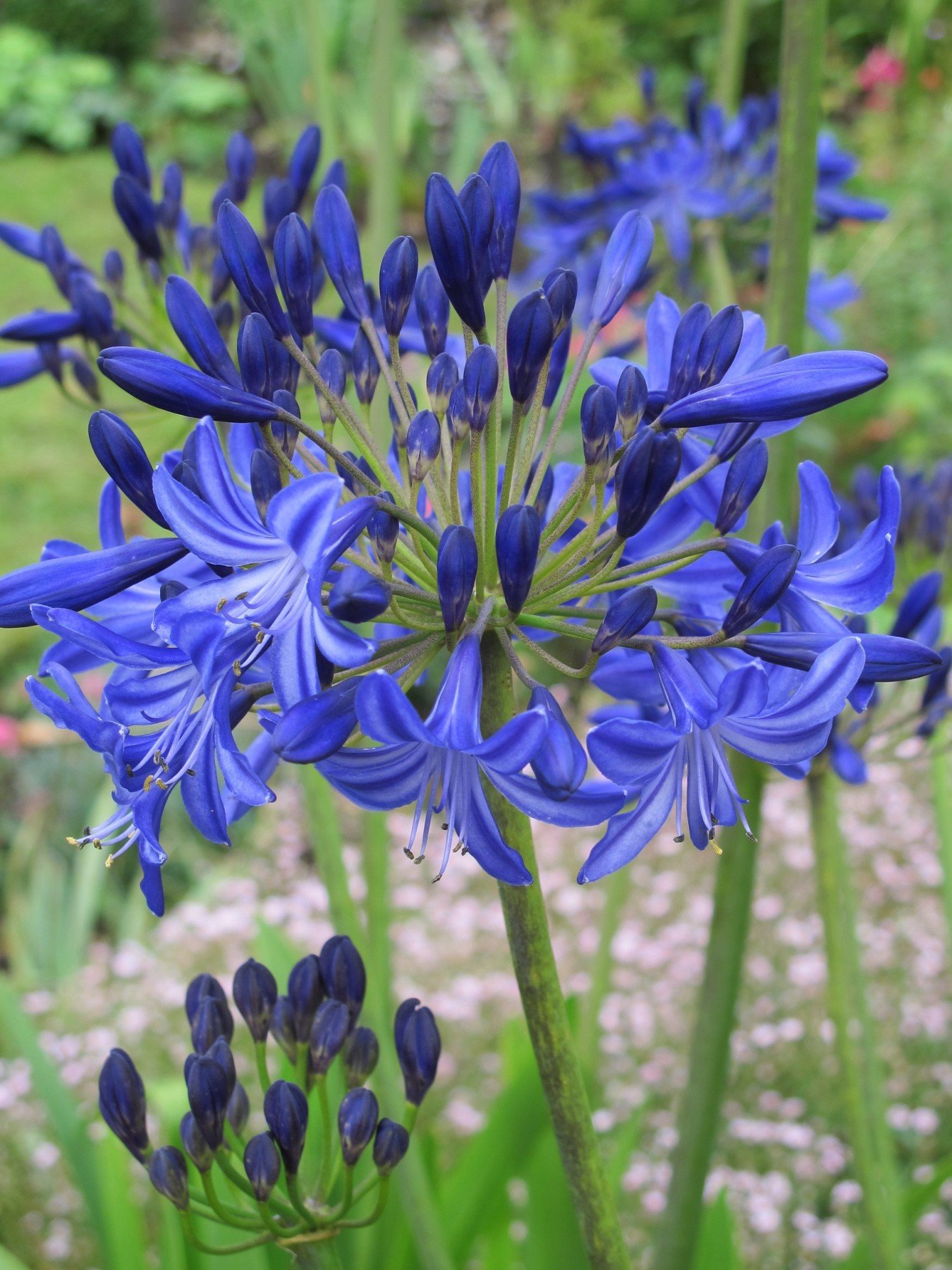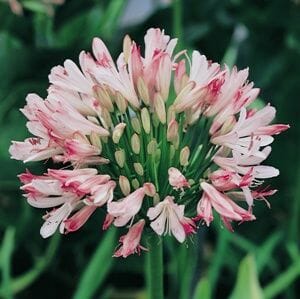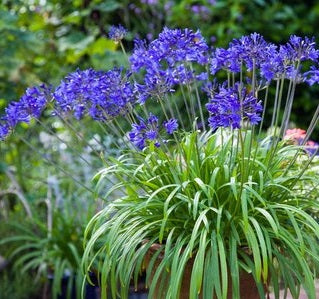Seasonal Agapanthus Care: Planning For Winter Season and Summertime
Seasonal Agapanthus Care: Planning For Winter Season and Summertime
Blog Article
Grasping the Art of Agapanthus Treatment: Necessary Actions for Healthy Development and Lively Blooms
In the world of horticulture, the farming of agapanthus stands as a gratifying venture for those who seek to nurture these stylish flowering plants. From picking the right range to understanding pruning methods, the trip in the direction of cultivating thriving agapanthus plants is complex and holds the essential to unlocking the complete capacity of these herb gems.

Choosing the Right Agapanthus Variety

When picking the best Agapanthus variety for your garden, take into consideration variables such as environment viability, flower shade, and development practice. Additionally, take into consideration the climate in your area to make sure the Agapanthus range you select can grow in your certain conditions. Understanding the growth habit of various Agapanthus ranges is vital for appropriate placement within your garden.
Ideal Growing Problems
Considering the ideal environmental demands is crucial for successful Agapanthus cultivation. Agapanthus plants are delicate to cool temperatures and need to be safeguarded from frost throughout winter season months.
To make sure healthy and balanced development and vibrant flowers, plant Agapanthus bulbs at a depth of concerning 2-4 inches and space them 8-12 inches apart. Including organic issue, such as compost, to the dirt can enhance drain and fertility, advertising robust origin growth. Mulching around the base of the plants helps retain dampness and suppresses weed development. Normal watering is vital, specifically throughout the growing season, to maintain the soil regularly moist but not waterlogged.
Watering and Fertilizing Tips
Keeping appropriate dampness degrees and supplying crucial nutrients are crucial elements in the care regimen for Agapanthus plants. When it concerns watering Agapanthus, it is crucial to strike a balance. These plants favor continually damp soil but are susceptible to root rot if overwatered. Throughout the expanding season, water deeply when a week, guaranteeing the soil is well-draining to avoid waterlogging. In hotter environments or throughout durations of dry spell, even more regular watering might be required to keep the soil evenly wet. Nonetheless, lower watering in the winter months to protect against waterlogged problems.
Fertilizing Agapanthus is important for promoting healthy and balanced development and respected flowers. Use a balanced plant food, such as a 10-10-10 formula, in the early springtime as brand-new growth emerges. Repeat this application every 6-8 weeks throughout the expanding season. Avoid excessive fertilizing, as it can result in lush vegetation at the expenditure of blooms. Always follow the maker's guidelines for correct dilution and application approaches. By complying with these watering and feeding ideas, you can ensure your Agapanthus plants flourish and generate lively, long-lasting blossoms.
Pruning Methods for Agapanthus
Trimming Agapanthus plants at the appropriate times and with correct techniques is critical for keeping their wellness and promoting ideal development and blooming. The excellent time to prune Agapanthus is in late wintertime or very early springtime prior to new growth emerges.
For flowered stems, wait till the flowers have actually withered and afterwards cut them back to the base. This Our site not only cleans the plant's look yet also encourages the growth of new flower buds. Deadheading spent flowers can also redirect the plant's power right into generating even more blossoms instead than establishing seeds. However, if you intend to collect seeds for propagation, leave some flowers to completely dry and fully grown on the plant.
Remember to utilize tidy, sharp devices to make accurate cuts and look at this site reduce the threat of presenting illness. Agapanthus. Regular trimming will help maintain your Agapanthus looking healthy and neat while guaranteeing a bountiful display screen of stunning flowers
Taking Care Of Common Parasites and Diseases
After making sure proper pruning strategies for Agapanthus, it is necessary to address usual insects and conditions that can affect the wellness and vigor of these plants. Agapanthus plants are typically sturdy however can still fall victim to specific concerns. One common parasite that affects Agapanthus is the Agapanthus gall midge. This small, orange fly lays its eggs in the foliage, resulting in distorted growth and flower buds that fall short to open up. To battle this bug, trim and destroy any affected plant parts and think about utilizing insecticidal soap.
Another common problem is fungal leaf place, which provides as dark lesions on the leaves. To stop fungal conditions, make sure excellent air circulation around the plants, prevent overhanging watering, and eliminate any type of infected leaves immediately. Furthermore, Agapanthus plants can experience from origin rot if they are planted in poorly draining pipes dirt. To avoid this, plant Agapanthus in well-draining soil and avoid overwatering. By being attentive and taking timely activity versus diseases and bugs, you can aid your Agapanthus plants thrive and generate vivid blossoms.

Final Thought
Finally, understanding the art of agapanthus treatment entails selecting the appropriate selection, offering ideal planting problems, proper watering and fertilizing, suitable trimming methods, and dealing with common insects and illness. By adhering to these important steps, you can guarantee healthy growth and lively blossoms for your agapanthus plants. Remember to on a regular basis keep an eye on and keep your plants to advertise their overall health and longevity.
To guarantee healthy development and vibrant blooms, plant Agapanthus light bulbs at a deepness of regarding 2-4 inches and space them 8-12 inches apart. By adhering to these watering and feeding pointers, you can guarantee your Agapanthus plants flourish and produce vivid, durable blossoms.
One typical pest that influences Agapanthus is the Agapanthus gall midget. Furthermore, Agapanthus plants can endure from root rot if they are grown in poorly draining dirt. By complying with these essential actions, you can guarantee why not check here healthy development and vibrant blossoms for your agapanthus plants.
Report this page